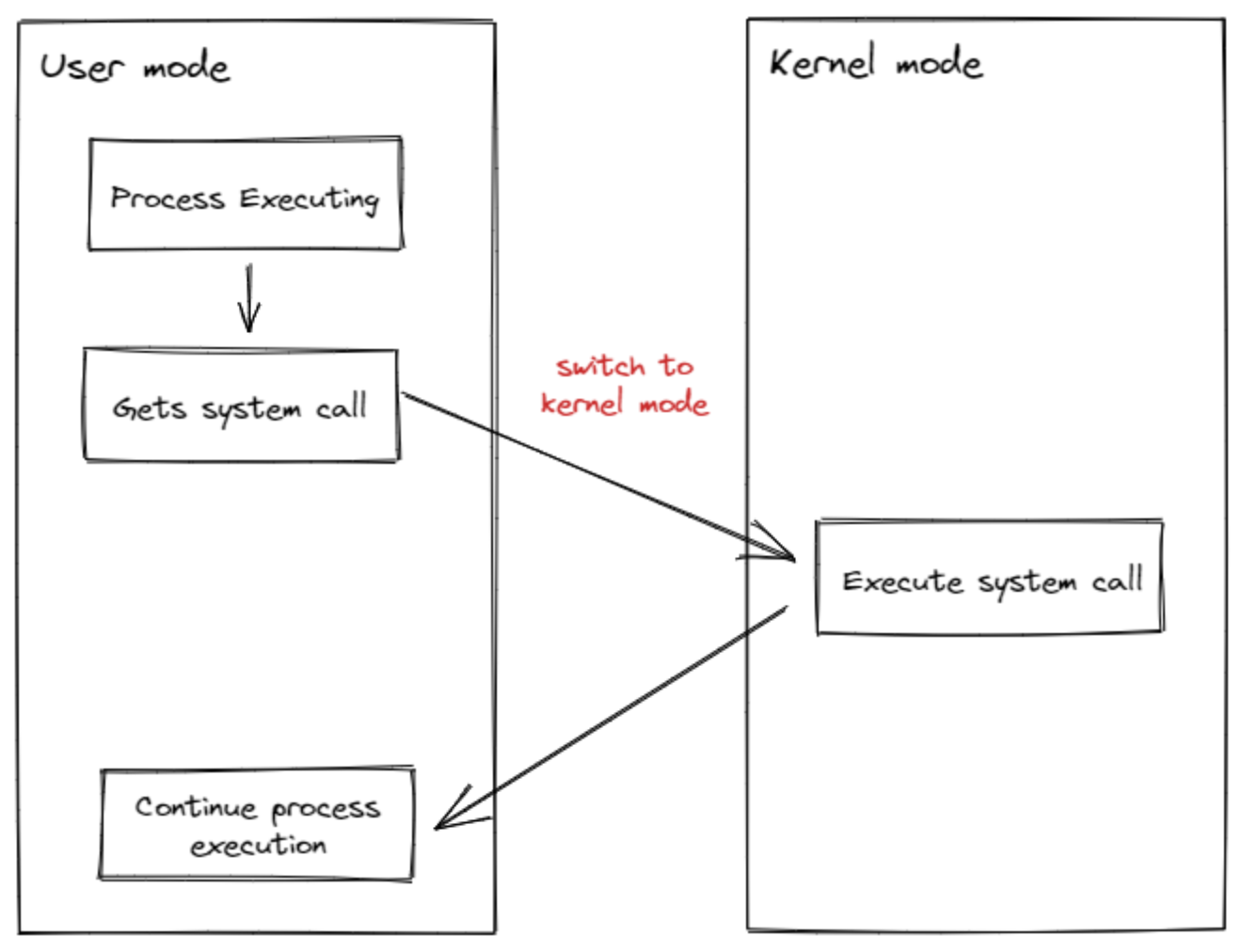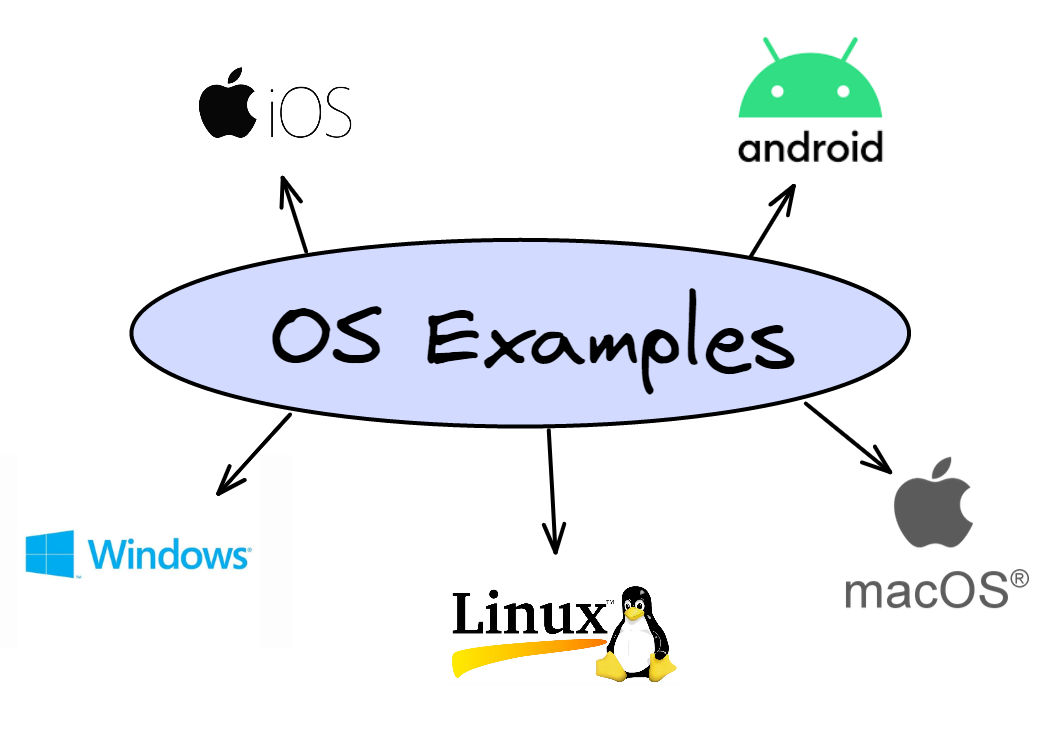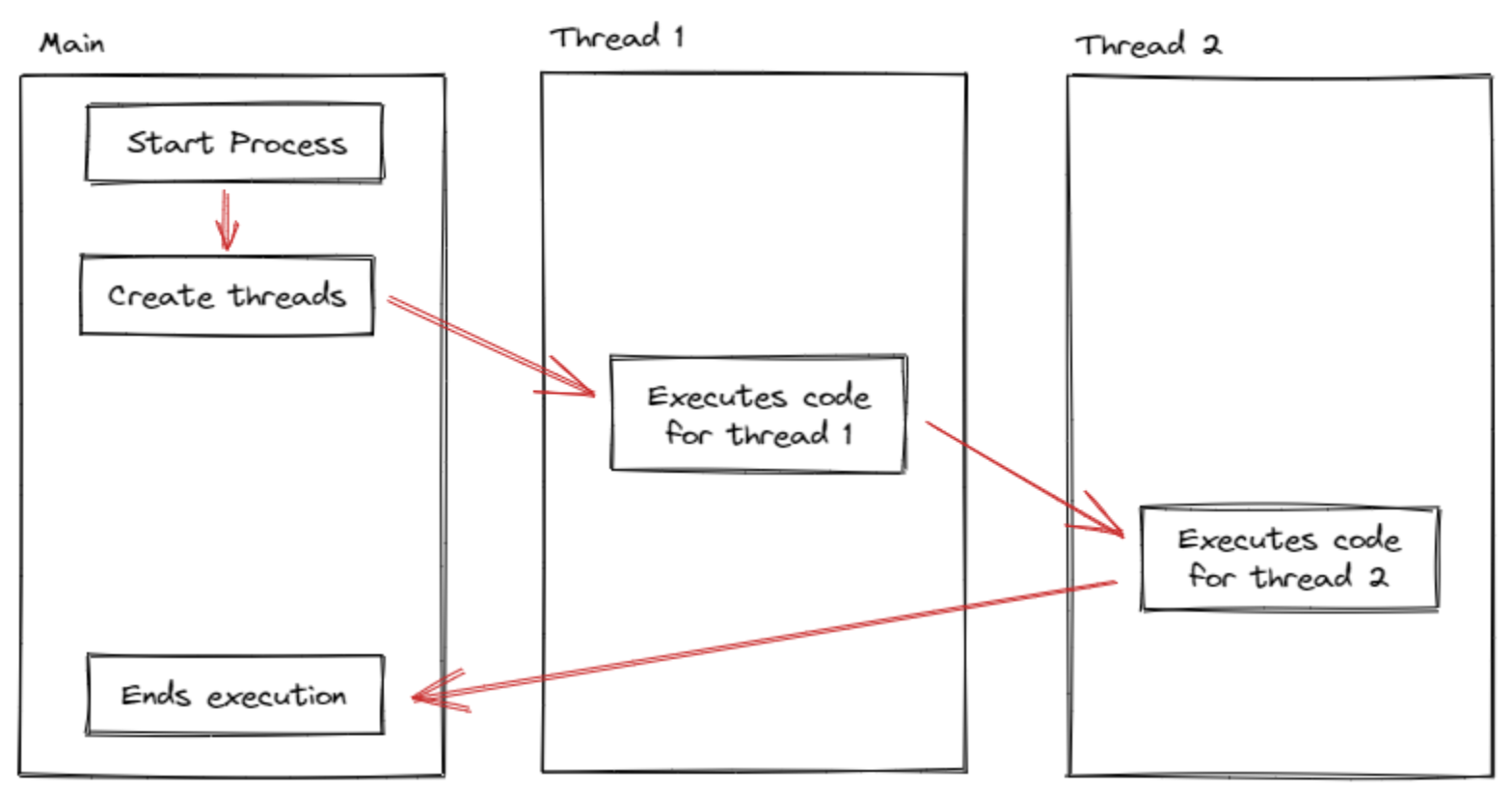
Introduction to Operating Systems
Computing systems are composed of software and hardware. For a machine to work, these components need an intermediary to manage the communication between them. Operating system serves this purpose by allowing the user to interact with computer software and hardware.

Section Menu
How do I use this section?










